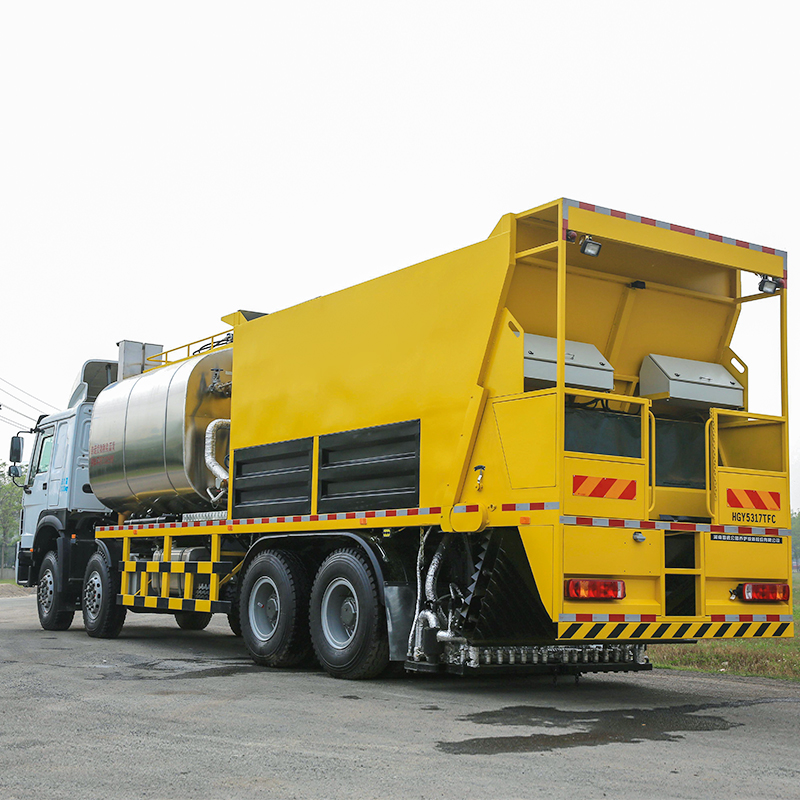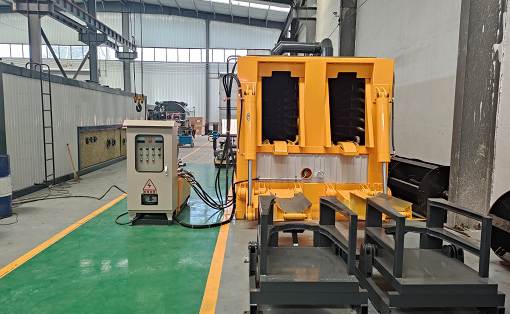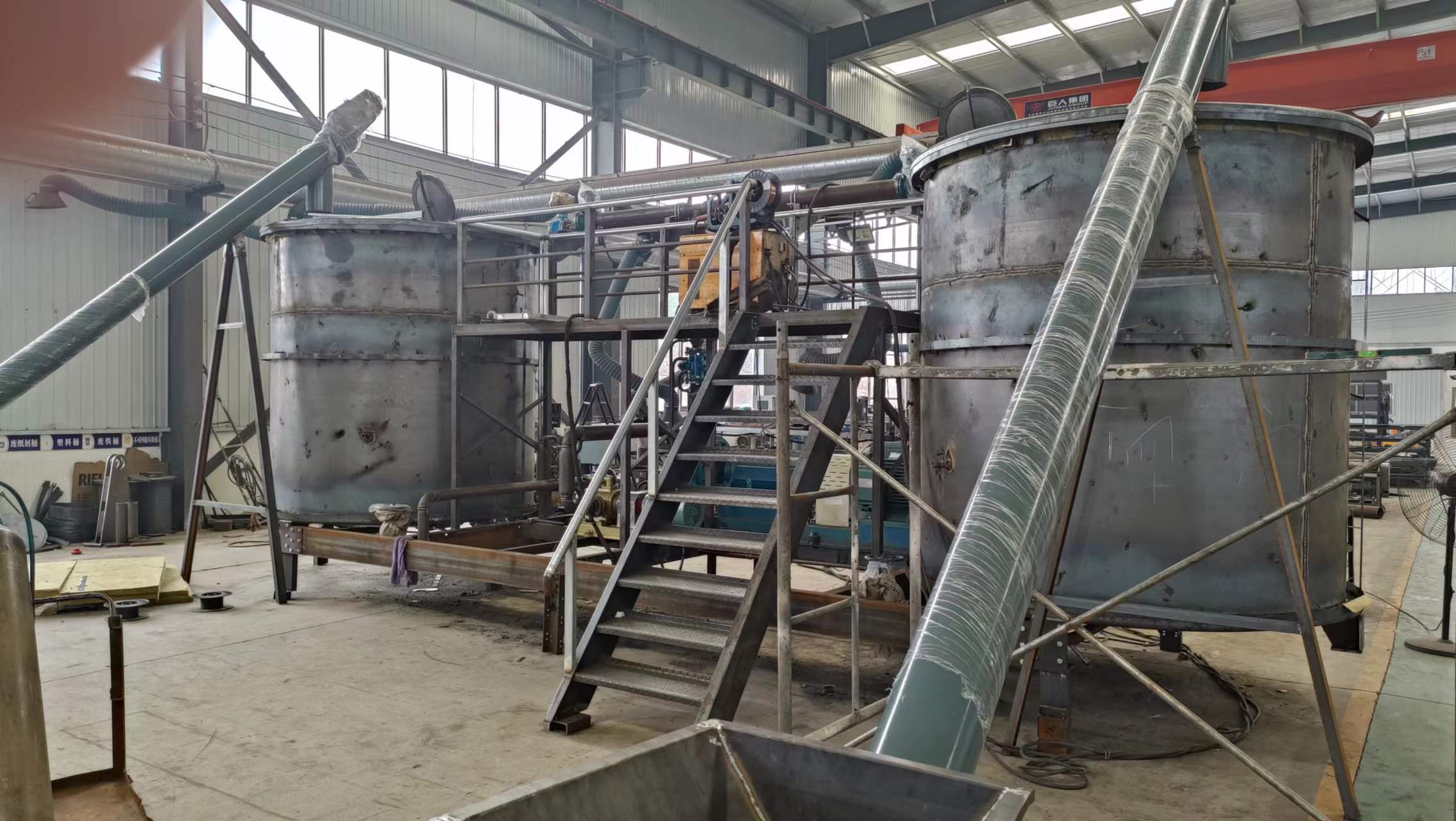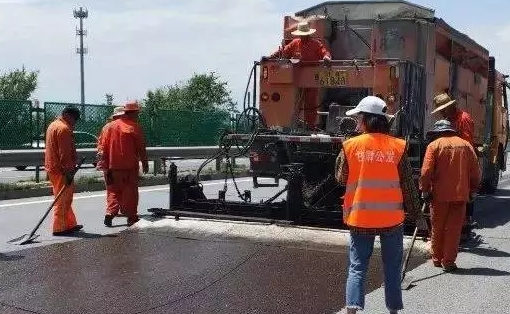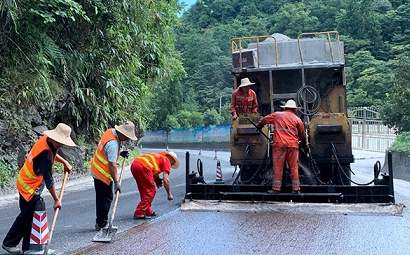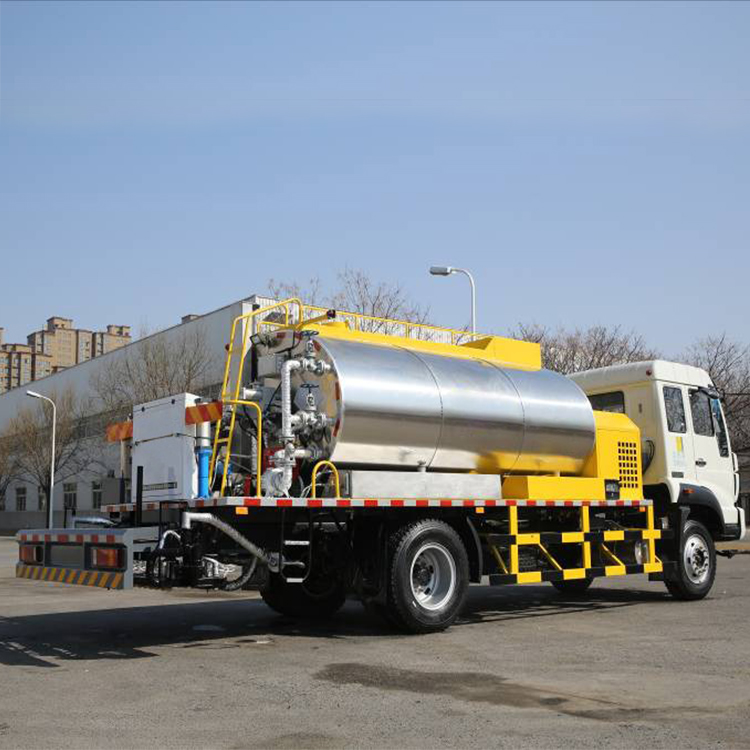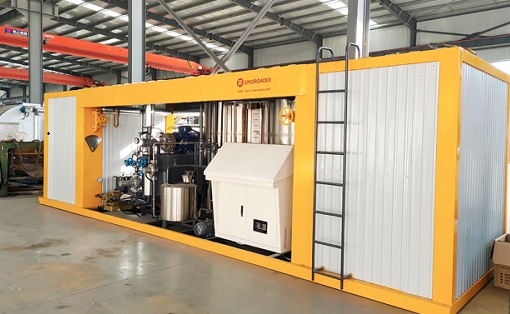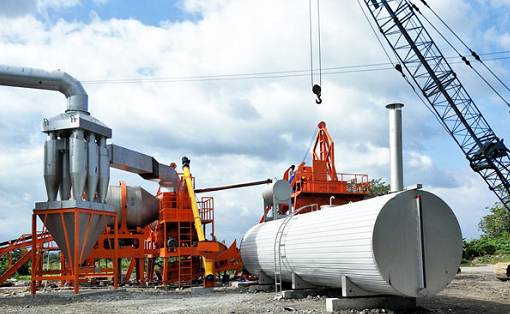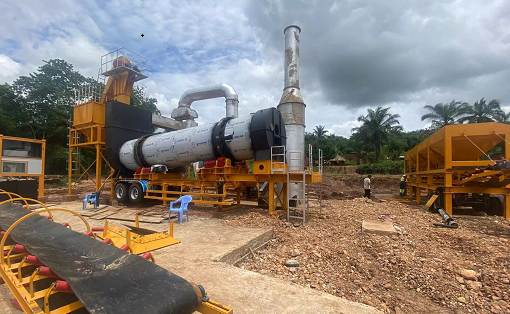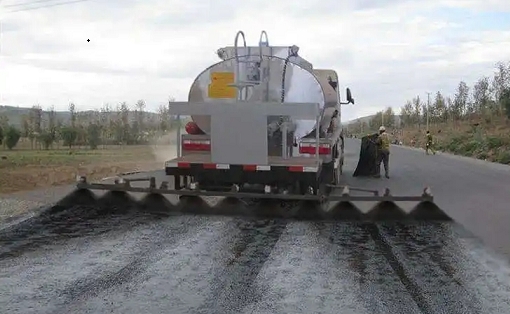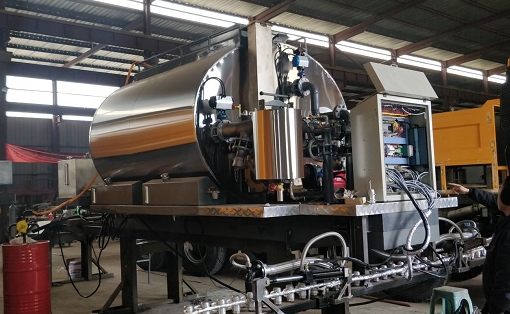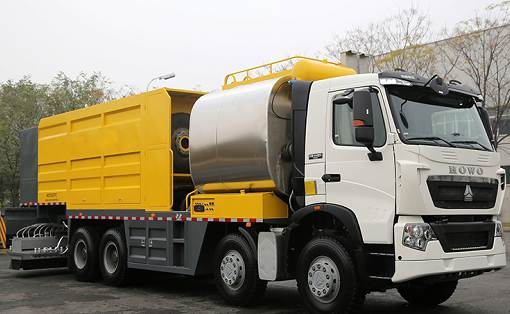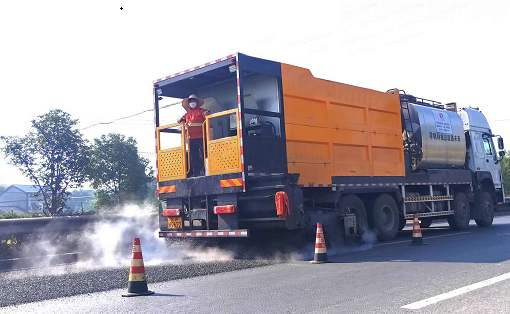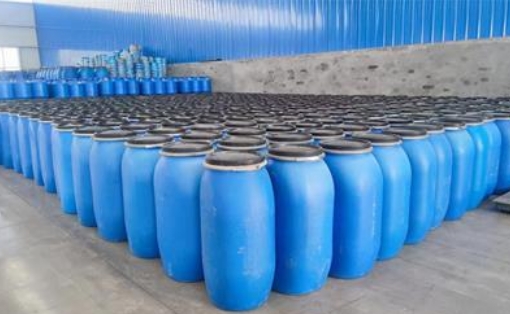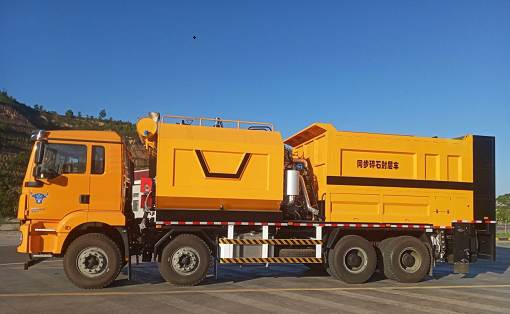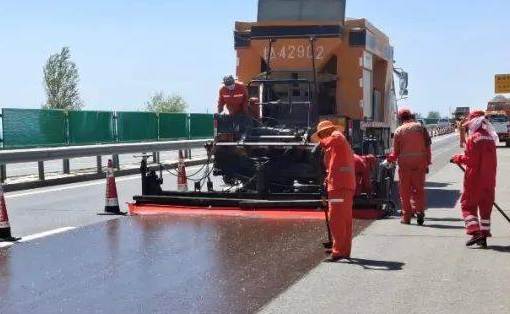Problems with preventive maintenance of synchronous crushed stone seal?
As technology becomes more and more advanced, we use more and more equipment in our lives, and the functions are also very complete. Synchronous crushed stone seal is also a product used in many places. After continuous improvement and development, it has many functions. Next, we will introduce to you the problem of preventive maintenance of synchronous crushed stone seal? If you want to know, you can read it together.
As technology becomes more and more advanced, we use more and more equipment in our lives, and the functions are also very complete. Synchronous crushed stone seal is also a product used in many places. After continuous improvement and development, it has many functions. Next, we will introduce to you the problem of preventive maintenance of synchronous crushed stone seal? If you want to know, you can read it together.
Synchronous crushed stone seal can also be seen in many places. Of course, it has many functions and advantages. Synchronous crushed stone seal uses low-cost synchronous crushed stone seal as a low-grade highway pavement, which is undoubtedly an effective measure to increase the paving rate of the road network. In simple terms, it is actually composed of a thin asphalt bonding layer and a crushed stone layer. It is a simple, effective and economical waterproof bonding functional layer and pavement treatment. And its technology is also very good. During the time of understanding, we also saw that it can still play the role of waterproof sealing and bonding, and can also form a durable, anti-slip and dustproof wear layer. In addition, during the construction of the synchronous gravel seal, the technicians of this section conducted a detailed investigation of the road conditions. It must be carried out according to the actual road conditions and the technical characteristics and requirements of the synchronous gravel seal operation, from the safe operation area layout and its emergency accident handling, asphalt and gravel spreading amount control, and the handling of scattered sections. If you still have questions that you don’t understand, you can call us at any time to consult. There are online customer service staff to receive you. Of course, during the construction of the synchronous gravel seal, it is also necessary to pay attention to the pre-job training and technical briefing of the operators. All participants have clear division of labor, rigorous attitude, and coordination, and they must ensure quality, seize progress, and the technicians on the operation site follow the work. It is also necessary to pay attention to everyone reminding each other, cooperating with each other, and the construction site is full of energy. In fact, as of now, the synchronous gravel seal has completed 18,900 square meters of synchronous gravel seal and treated 4,000 square meters of road surface diseases. For everyone, it is also very good to implement synchronous gravel seal preventive maintenance at this time, effectively treat the asphalt pavement cracking disease, improve the pavement anti-seepage performance and anti-skid performance, and extend the service life of the pavement. Here is a good manufacturer on the Internet. The company’s official website has a variety of different products. Consumers have a very high evaluation of it. And on the company’s official website, there is also a lot of information about the product and tips for purchasing, etc.
The problem of synchronous gravel seal preventive maintenance is here for everyone. Today’s knowledge point is here. If you still don’t understand it, you can consult us at any time. No matter what the problem is, we will help you patiently answer it.

